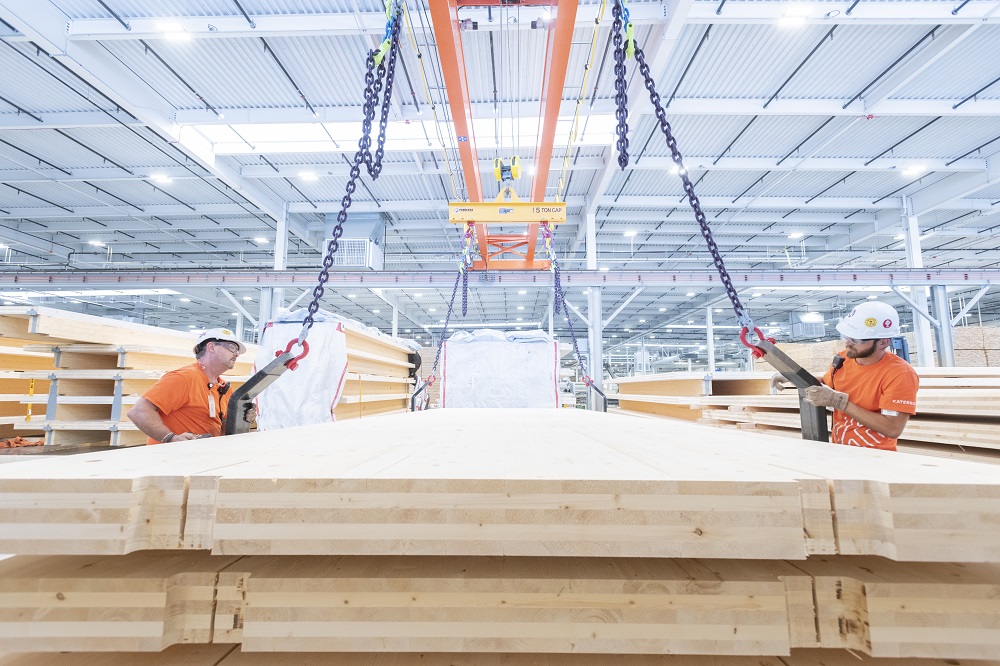Harnessing the power of the sun has been on the top of many scientists’ lists for quite some time. It’s just hanging out up there, making everything warm, so it’s a seemingly endless supply of wireless energy. The problem is, we haven’t been able to make them cheap, powerful, or light enough to make them economically feasible. A team of researchers believes they solved one of those problems as they’ve revealed a solar cell so light that it can rest on a soap bubble without popping it.
MIT, where the researchers reside, is certainly no stranger to developments affecting the construction industry, as made evident by their recent discoveries like reversible concrete, how concrete works on a molecular level, and visually capturing the motion of cranes. MIT professor Vladimir Bulovic, research scientist Annie Wang, and doctoral student Joel Jean published their report about the ultra-light solar cell in a journal titled Organic Electronics. The key, says Bulovic, is that the solar cell, the supporting substrate, and the protective layer over top of the solar cell are built all in one process. By doing so, external contaminants never have a chance to touch the solar cell, greatly increasing the time it will take to degrade, which increases efficiency and lifespan. Their discovery is only a proof of concept and will undoubtedly take several years to be produced commercially, if it ever does.
While the thought of a solar cell sitting on top of a soap bubble is impressive enough, quantifying the actual size is incredible. The final cell is just 1/50th the thickness of a human hair and 1/1000th as thick as comparable solar cells made with glass substrates. Despite its comparably tiny size, the researchers say it’s just as efficient as its other small counterparts. It’s not as efficient as heavier, typical silicon-based solar modules, but its wattage production by weight blows it out of proportion, producing almost 400 times more per kilogram.
Light solar cells are especially important in applications where weight is really important, light aerospace technologies, but the opportunities are endless for the construction industry. Our job sites require tons of power, from tools, to lighting, to equipment. If we could use the sun’s energy for those applications without increasing the weight, we could simultaneously charge our job site items, while also not increasing fatigue of our workers. Win-win.
Solar cells as light as a soap bubble | MIT News











Like most of the other electric machines that have been announced previously, Volvo promises that this midsized, 14 metric ton excavator will have the same performance as a similarly sized diesel version. The X03 is currently in the concept stage, so Volvo does not have immediate plans to bring it to market, but it shows the possibilities that electronics on heavy machinery can allow for.